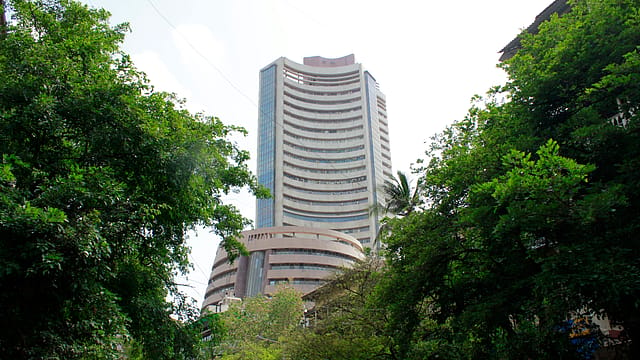Markets 2019: The highs and lows
ADVERTISEMENT

The year 2019 closed on a mixed note for the markets. While the benchmark indices S&P BSE Sensex, Nifty 50, and S&P BSE 500 in absolute terms gained 13.79%, 11.53%, and 7.41%, respectively, the S&P BSE MidCap and S&P BSE SmallCap lost 2.97% and 7.57% during the year.
Though the year witnessed relatively less number of initial public offerings (IPOs) compared to 2018, the S&P BSE IPO index closed 40.79% higher at the end of the year. And, among the key sectoral indices, the S&P BSE Realty, S&P BSE Bankex, and S&P BSE Telecom gained 24.11%, 19.78%, and 11.29% in absolute terms.
However, sectoral indices which declined in absolute decline include the S&P BSE Metal, S&P BSE Auto, and S&P BSE Capital Goods; they lost 11.26%, 10.81%, 10.15%, respectively, over the previous year.
January 2026
Netflix, which has been in India for a decade, has successfully struck a balance between high-class premium content and pricing that attracts a range of customers. Find out how the U.S. streaming giant evolved in India, plus an exclusive interview with CEO Ted Sarandos. Also read about the Best Investments for 2026, and how rising growth and easing inflation will come in handy for finance minister Nirmala Sitharaman as she prepares Budget 2026.
Foreign portfolio investors (FPIs) closed the year with total (net) inflows of $19.4 billion, making 2019 the second-best in a five-year period; in 2017, total inflows were at $37.88 billion.
Within 2019, net inflows from FPIs in equities cumulatively peaked to $9.75 billion at the end of April, while March saw the highest equity inflow of the year at $4.89 billion. Just three months in 2019 saw negative flows; January ($0.61 billion), July ($1.80 billion), and August ($2.49 billion). Interestingly, cumulative FPI inflows from September to December have been positive and account for over 51% of the net equity inflows in 2019.
According to a recent research note by ICICI Securities, among emerging markets, India has been the largest recipient of the FPI flows as it has major weightage in exchange-traded funds (ETFs) focussed on emerging markets. “Amid the easy liquidity influx from global central banks, India is likely to enjoy reasonable foreign fund flows in future as well,” the report noted. The report added that currently $100 billion-$120 billion per month asset purchase is done by global central banks, primarily by the Bank of Japan (BoJ), European Central Bank (ECB) and the U.S. Federal Reserve (U.S. Fed). “Of this, $82 billion [of purchase] has just started from November 2019 onwards,” the report said.
The ICICI Securities’ report highlighted that the ECB has started stimulus from November, and it is likely to buy assets worth $22 billion per month. The U.S. Fed could buy as much as $60 billion of short-duration debt per month to keep short-term rates lower.
“India has enjoyed reasonable foreign fund flows whenever major central banks have triggered stimulus (asset purchases/bond buying),” the report added.
